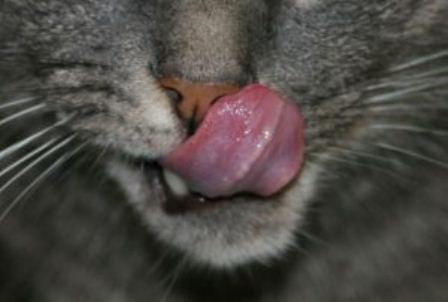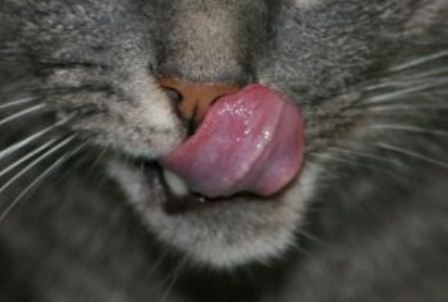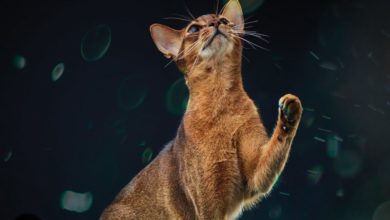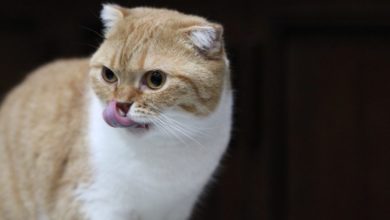Cats naturally pick and mix their food, research says

 Has Felix ever turned its nose up at your latest offering of cat food? Well there could be good reason, according to research that says cats are naturally tuned to be fussy eaters.
Has Felix ever turned its nose up at your latest offering of cat food? Well there could be good reason, according to research that says cats are naturally tuned to be fussy eaters.
The research was conducted by scientists from the Waltham Centre for Pet Nutrition – the science centre underpinning Mars Petcare brands such as Whiskas, Nutro and Royal Canin. It was undertaken in collaboration with scientists from the University of Sydney and the Institute of Natural Sciences at Massey University, New Zealand.
It found that cats will select and combine wet and dry foods to achieve a consistent intake of protein, fat and carbohydrate – a macronutrient intake, meaning foods needed in large amounts.
Even when offered complex combinations of different foods, cats will regularly target an intake of protein, fat and carbohydrate that is similar to that of wild cats. The findings indicate that domestic cats have retained the capacity to regulate macronutrient intake to closely match the ‘natural’ diet of their wild ancestors.
The research will prove to be “important for owners”, according to Dr Adrian Hewson-Hughes, study author and Waltham scientist, who said: “Cats are able to select and combine foods to achieve their target intake of protein, fat and carbohydrate.
“In terms of products currently on the market, wet foods typically have higher proportions of protein and fat, while dry foods have a higher carbohydrate content. Providing cats with a combination of both wet and dry food enables cats to not only mix a diet in-line with their preferred macronutrient target, but also express their desire to sample different foods.”
The experiments involved four wet foods and four dry foods which were offered to cats in different combinations across three experiments. Remarkably, the cats achieved the same balance of protein, fat and carbohydrate intake across all three experiments.
This was despite the differences in the textures, moisture levels and macronutrient content of the foods offered, as well as the large number of bowls of food on offer.
The proportions of protein, fat and carbohydrate selected by the cats were in line with previous findings published in The Journal of Experimental Biology in 2011 showing that cats have a dietary macronutrient target of approximately 52 per cent of their daily calorie intake from protein, 36 from fat and 12 from carbohydrate.
These are similar to values previously reported for feral cats, indicating that domestic cats have retained the capacity to regulate macronutrient intake to closely match the natural diet of their wild ancestors.
The research has been published in the Journal of ‘Comparative Physiology B’ and is available online here: http://link.springer.com/article/10.1007/s00360-012-0727-y/fulltext.html













